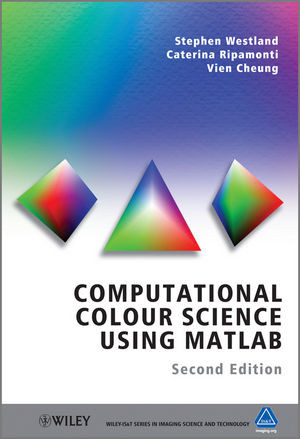

Most ebook files are in PDF format, so you can easily read them using various software such as Foxit Reader or directly on the Google Chrome browser.
Some ebook files are released by publishers in other formats such as .awz, .mobi, .epub, .fb2, etc. You may need to install specific software to read these formats on mobile/PC, such as Calibre.
Please read the tutorial at this link: https://ebookbell.com/faq
We offer FREE conversion to the popular formats you request; however, this may take some time. Therefore, right after payment, please email us, and we will try to provide the service as quickly as possible.
For some exceptional file formats or broken links (if any), please refrain from opening any disputes. Instead, email us first, and we will try to assist within a maximum of 6 hours.
EbookBell Team

5.0
38 reviewsEach topic is carefully introduced at three levels to aid student understanding. First, theoretical ideas and background information are discussed, then explanations of mathematical solutions follow and finally practical solutions are presented using MATLAB. The content includes:
This 2nd edition contains substantial new and revised material, including three innovative chapters on colour imaging, psychophysical methods, and physiological colour spaces; the MATLAB toolbox has been extended with a professional, optimized, toolbox to go alongside the current teaching toolbox; and a java toolbox has been added which will interest users who are writing web applications and/or applets or mobile phone applications.
Computational Colour Science Using MATLAB 2nd Edition is an invaluable resource for students taking courses in colour science, colour chemistry and colour physics as well as technicians and researchers working in the area. In addition, it acts a useful reference for professionals and researchers working in colour dependent industries such as textiles, paints, print & electronic imaging.
Review from First Edition:
“…highly recommended as a concise introduction to the practicalities of colour science…” (Color Technology, 2004)Content:
Chapter 1 Introduction (pages 1–11):
Chapter 2 Linear Algebra for Beginners (pages 13–18):
Chapter 3 A Short Introduction to MATLAB® (pages 19–26):
Chapter 4 Computing CIE Tristimulus Values (pages 27–47):
Chapter 5 CIELAB and Colour Difference (pages 49–74):
Chapter 6 Chromatic?Adaptation Transforms and Colour Appearance (pages 75–92):
Chapter 7 Physiological Colour Spaces (pages 93–118):
Chapter 8 Colour Management (pages 119–129):
Chapter 9 Display Characterisation (pages 131–141):
Chapter 10 Characterisation of Cameras (pages 143–157):
Chapter 11 Characterisation of Printers (pages 159–178):
Chapter 12 Multispectral Imaging (pages 179–196):